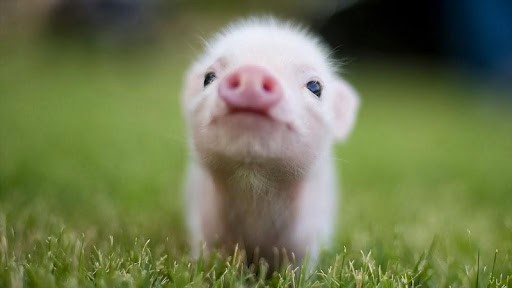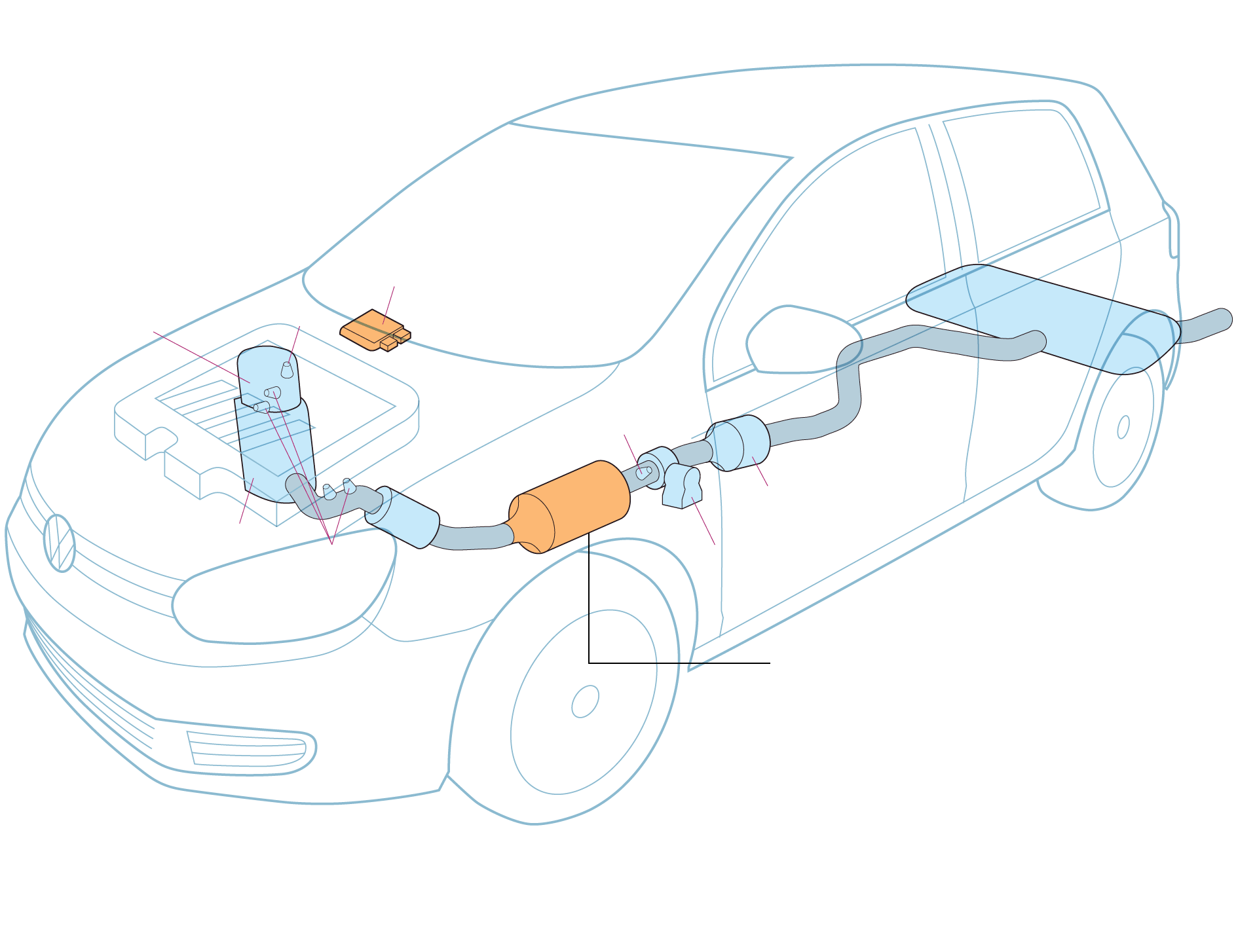According to Matt Egan, a writer for CNNMoney’s market and investigating team, “it’s shaping up to be the crummiest year for U.S. stocks since the implosion of Lehman Brothers.” As unfortunate as it is, it’s hard to disagree after looking at the factors involved in Egan’s (and many others’) claims. The biggest of these factors is China’s economy taking a recent dip. Wall Street should be very concerned about this, as China’s problems may end up plaguing the global economy, not just America. As explained by an article in the Wall Street Journal, “there is too much debt, too many factories and too many vacant apartments.” China’s depleted economy has caused the American stock market to take a dip as well; and a large foreshadow of decreasing numbers is looming on the horizon for Wall Street.
As we know, the magnitude of China’s influence is far greater than just Wall Street. The American economy, as well as Canada’s, both rely heavily on the success of the world’s second largest economic superpower (only behind America). A constant domino effect is occurring between China and the countries involved in its affairs. When China is in economic surplus, it radiates onto the global economy; however the same thing occurs for the opposite. As China sinks in its woes, so does everyone being carried by China’s economy.
China’s current economy suffers from many open wounds, one being that its output of goods has declined drastically. “You can see this in a sharp contraction in shipping through Singapore, a general decline in the volume of world trade, and the falling price of the Australian dollar, all of which are ripple effects of China importing fewer raw materials and seemingly exporting fewer finished goods,” explains Matthew Yglesias, executive editor at Vox. On top of that, China is in a great deal of debt, resulting in a longer recovery time for its impaired economy. It is in America’s and the rest of the world’s best hopes that the Chinese economy is able to bounce back as fast as possible, in order to escape an economic depression.
References
Brace for Worst Year on Wall Street Since 2008
China’s Middle-Class Dreams in Peril
China’s economic slowdown: 11 things you should know

